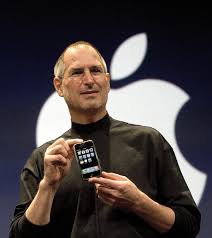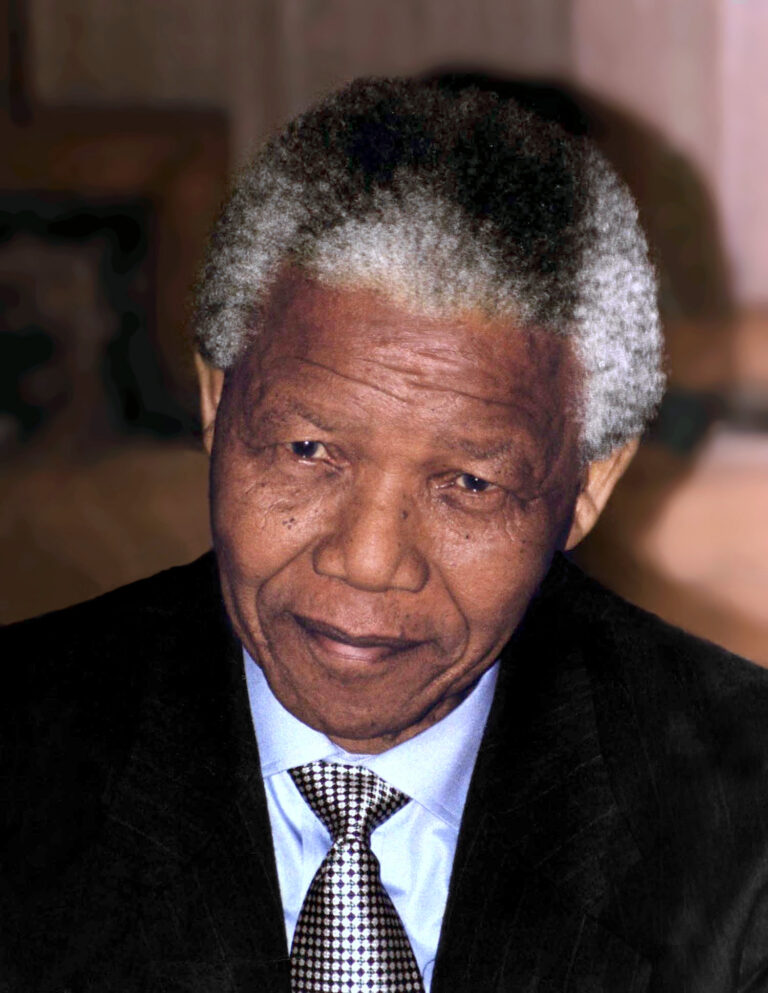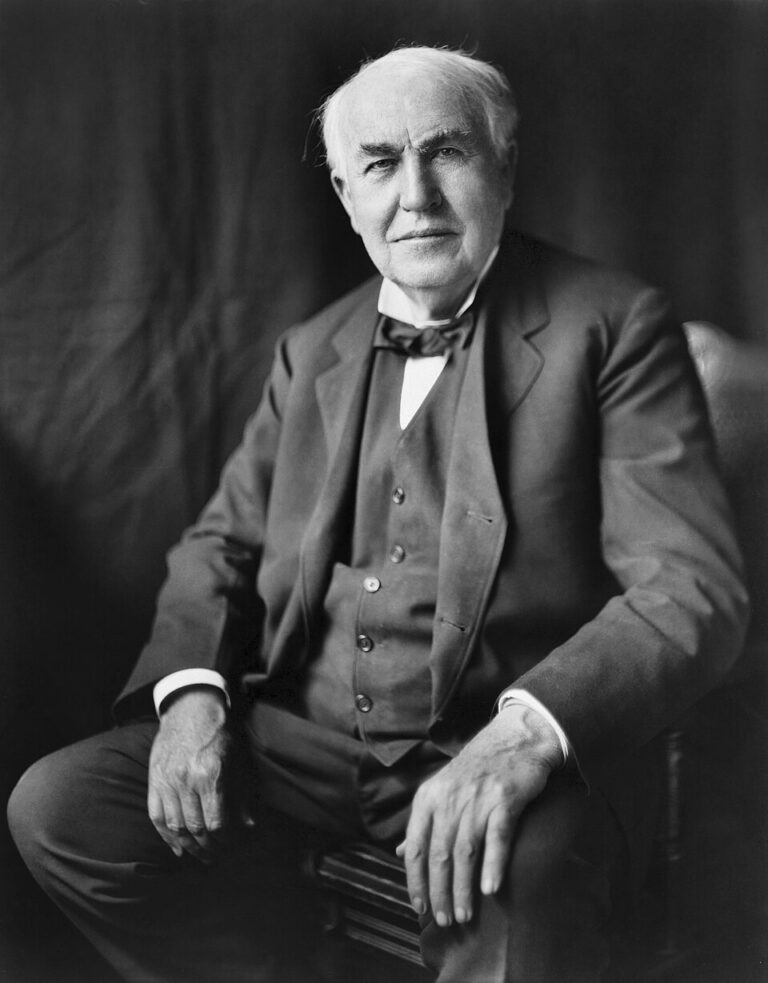
Changing Perspective
What if Setbacks were just Growth Opportunities in Disguise?
Life, as we know, rarely unfolds according to our meticulously laid plans. We set our goals, chart our course, and dream of smooth sailing—only to find ourselves buffeted by unexpected storms. These storms, which we often perceive as setbacks, have a way of shaking us to our core, challenging our resolve, and sometimes even threatening to derail our ambitions. But what if these setbacks were not the obstacles we imagine them to be? What if they were, in fact, hidden opportunities—growth opportunities in disguise?
This perspective, though it might seem like a comforting cliché, is deeply rooted in a profound truth: some of our greatest growth spurts arise not in times of ease, but in the face of adversity. History is replete with stories of individuals who have transformed their setbacks into the very foundations of their success. By reframing our challenges, we can discover new paths forward, and ultimately, emerge stronger, wiser, and more resilient.
The Illusion of Smooth Sailing
Picture this: you’re on a journey, sailing across a vast ocean. The weather is perfect, the wind is in your favour, and the horizon is clear. You’re making excellent time, and everything seems to be going according to plan. But then, seemingly out of nowhere, a storm begins to brew. The skies darken, the waves rise, and your once calm journey turns into a battle for survival.
In such moments, it’s easy to focus solely on the storm—the chaos, the fear, and the uncertainty. You might even start to question why you embarked on this journey in the first place. But what if the storm, terrifying as it may be, offers something valuable? What if it forces you to navigate differently, to learn how to handle your ship in rough waters, and to become a more skilled and confident sailor? When the storm finally passes, you may find that you’re not just back on course, but stronger and more capable than ever before.
This metaphor of the storm is akin to the challenges we face in life. The calm seas represent the times when everything goes according to plan, while the storm symbolizes those unexpected setbacks that throw us off course. It’s how we respond to the storm that determines whether we simply survive or thrive.
Transforming Crisis into Culture: Mary Barra

Mary Barra, the CEO of General Motors, faced such a moment in 2014 when the company was hit with a massive recall crisis due to faulty ignition switches. Lives were lost, the public was outraged, and GM’s reputation was in tatters.
Barra could have distanced herself from the issue, as many leaders might, but she chose a different path. She confronted the crisis head-on, initiated a transparent investigation, and committed to cultural change within GM. Barra saw the setback as an opportunity to transform the very DNA of the company, fostering a culture of accountability and innovation. Under her leadership, GM not only recovered but also positioned itself as a leader in the future of automotive technology, investing heavily in electric and autonomous vehicles.
This transformation was not despite the setback, but because of it. Barra’s story is a powerful reminder that crises, while painful, can be the catalyst for profound change and renewal.
Embracing the Unknown: Steve Jobs’ Reinvention
One of the reasons setbacks can be so challenging is that they often thrust us into the unknown. We like to have control over our lives, to know what’s coming next, and to feel confident in our ability to navigate the future. But setbacks disrupt this sense of certainty. They introduce doubt, uncertainty, and fear. Yet, it’s precisely in these moments of uncertainty that the greatest growth can occur. When we’re forced to let go of our plans and embrace the unknown, we open ourselves up to new possibilities. We become more adaptable, more creative, and more willing to take risks.
Consider the story of Steve Jobs, the co-founder of Apple. In 1985, Jobs was ousted from the company he had helped build. It was a devastating setback, one that could have easily led to his downfall. But instead of giving up, Jobs used this time to explore new ventures, founding NeXT and acquiring Pixar. These experiences not
only broadened his horizons but also played a crucial role in his eventual return to Apple, where he led the company to unprecedented success.
Jobs later reflected on this period of his life, saying, “I didn’t see it then, but it turned out that getting fired from Apple was the best thing that could have ever happened to me.” His story is a powerful example of how setbacks can lead to unexpected opportunities and how the very challenges we face can become the foundation for our greatest achievements.

The Gift of Perspective: Nelson Mandela’s Imprisonment

Setbacks also have a way of giving us perspective. They force us to step back, reassess our priorities, and gain a clearer understanding of what truly matters. When things are going smoothly, it’s easy to take success for granted, to become complacent, or overly focused on superficial goals. But when we face a setback, we’re often forced to confront deeper questions: Why am I doing this? What is my true purpose? What do I really want?
In this way, setbacks can be a powerful tool for self-discovery. They can help us realign our goals with our values, and they can reveal strengths and passions we didn’t know we had. Many people have found their true calling only after experiencing a significant setback. Whether it’s losing a job, facing a health crisis, or enduring a personal loss, these challenges can serve as a catalyst for profound personal growth and transformation.
Nelson Mandela’s life offers a profound example of this. Imprisoned for 27 years due to his anti- apartheid activities, Mandela could have succumbed to despair. Instead, he used his time in prison for deep reflection, honing his vision for a free and democratic South Africa. When he emerged from prison, Mandela led his nation through a peaceful transition, demonstrating that setbacks, no matter how severe, can be the forge where great leaders are made.
A New Perspective on Failure: Thomas Edison’s 10,000 Failures
The word “setback” often carries a negative connotation. It’s something that stands in the way of our progress, something that delays or diminishes our success. But consider for a moment that a setback is not the end of the road, but a fork in the path—a moment that forces us to reconsider our approach, to adapt, and to grow.
Take the story of Thomas Edison, the inventor of the light bulb. Edison famously said, “I have not failed. I’ve just found 10,000 ways that won’t work.” Each failed experiment was a setback, but Edison didn’t see them as failures. Instead, he saw them as necessary steps on the road to success. Every time he encountered a problem, he learned something new, refined his approach, and moved closer to his goal.
This mindset—seeing failure as feedback, as a natural part of the learning process—is key to transforming setbacks into growth opportunities. It’s about shifting our perspective from one of defeat to one of curiosity and resilience. When we encounter a setback, we can ask ourselves: What can I learn from this? How can this experience make me better, stronger, or wiser?

Challenges to Authentic Leadership
These stories—from the boardrooms of global corporations to the highest offices of public service—illustrate a fundamental truth: setbacks are not merely obstacles; they are opportunities for growth, learning, and transformation. The leaders who have changed the world did not do so by avoiding setbacks, but by embracing them, by seeing them not as failures, but as the necessary challenges that forged their strength and vision.
Setbacks are the moments when we are tested, when the true nature of our character is revealed. They force us to confront our limitations, to rethink our strategies, and to find new paths forward. They are the crucibles in which our greatest achievements are born.
How to Lead With Authenticity
The examples of these leaders reveal several common themes that can be applied by anyone facing setbacks:
-
Resilience
All these leaders demonstrated an extraordinary level of resilience in the face of adversity. They did not allow setbacks to define their outcomes but instead used them as opportunities to grow stronger.
-
Innovation
Setbacks often forced these leaders to rethink their strategies and innovate
-
Accountability
Taking responsibility for setbacks was a common trait among these leaders. Rather than deflecting blame, they confronted the issues head-on, which allowed them to rebuild trust and credibility.
-
Vision
Each of these leaders maintained a long-term vision, even during the most challenging times. This vision provided them with a guiding light that helped them navigate through setbacks and emerge on the other side with a renewed sense of purpose.
-
Empathy and Integrity
Leaders like Mandela demonstrated that empathy and integrity are crucial in turning setbacks into opportunities. Their ability to connect with people and lead with moral authority enabled them to guide their nations through crises.
The Growth Opportunity Within
In the end, setbacks are an inevitable part of life. No one is immune to challenges, and everyone will face moments of difficulty and disappointment. But how we respond to these setbacks is what truly matters. By reframing setbacks as growth opportunities, we can transform our lives in profound and meaningful ways.
The leaders we admire most, those who have left an indelible mark on the world, have all faced setbacks. They have stumbled, they have fallen, but they have always risen again, stronger, wiser, and more determined than before. Their stories remind us that setbacks are not the end of the road; they are the stepping stones that lead us to our greatest successes.
So, the next time you encounter a setback, remember that it’s not the end of the road—it’s a detour, a chance to learn something new, to build resilience, and to discover new possibilities. Embrace the challenge, look for the silver lining, and trust that in time you’ll see how this setback was just a growth opportunity in disguise.
